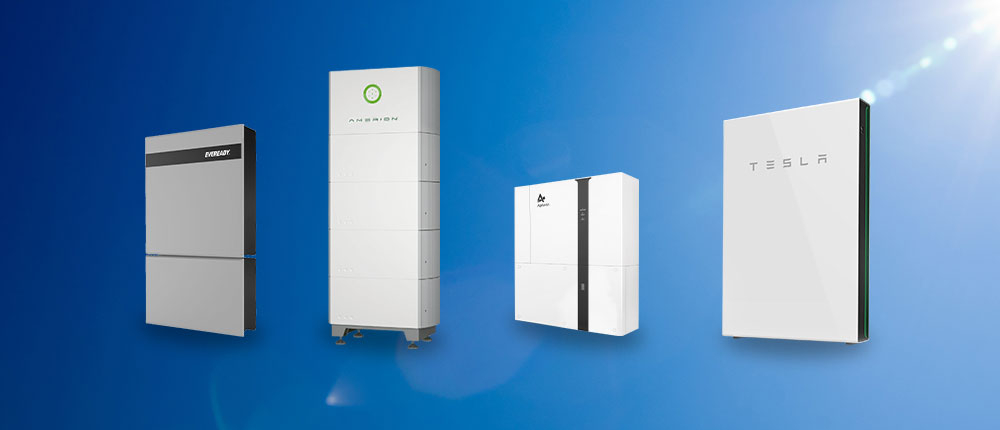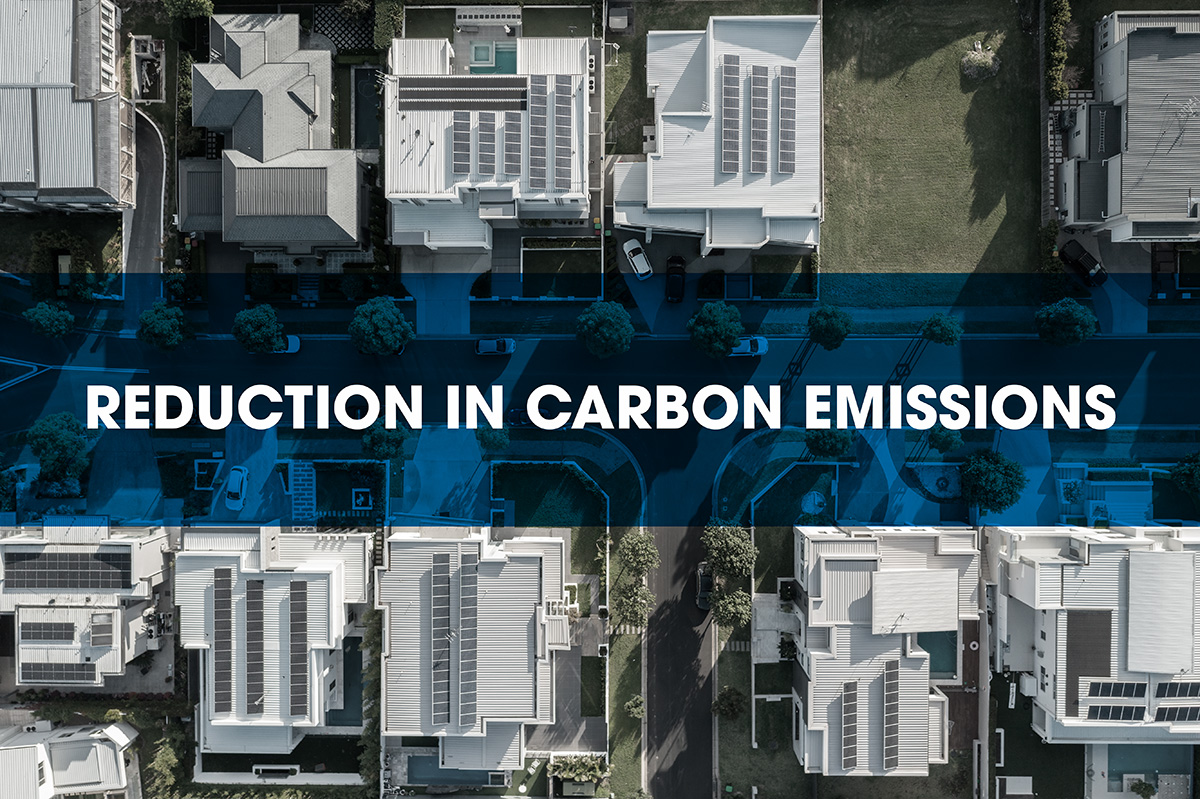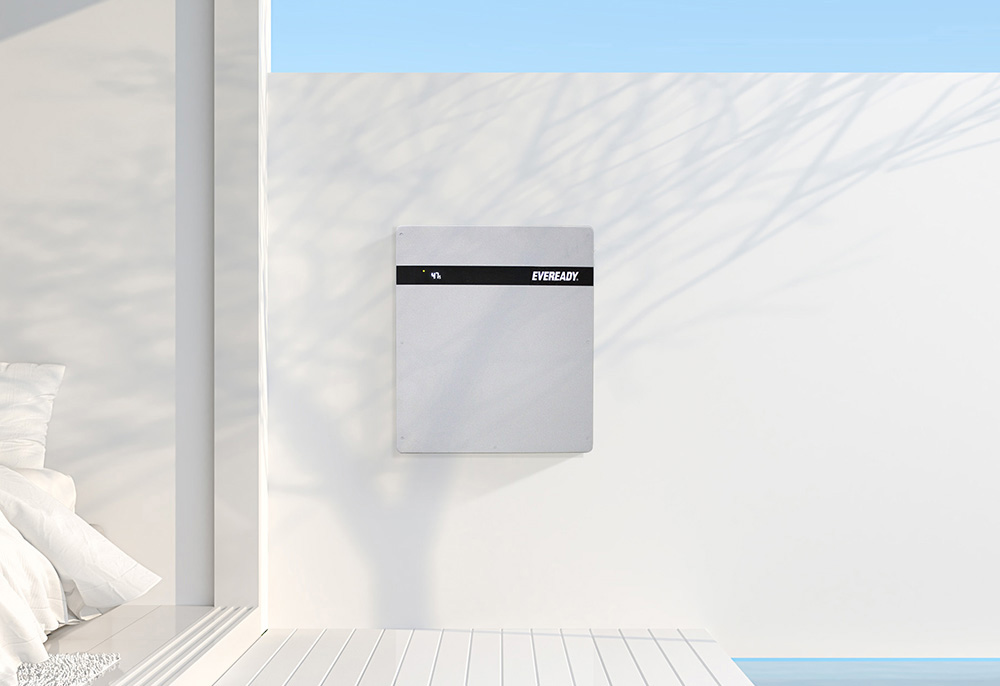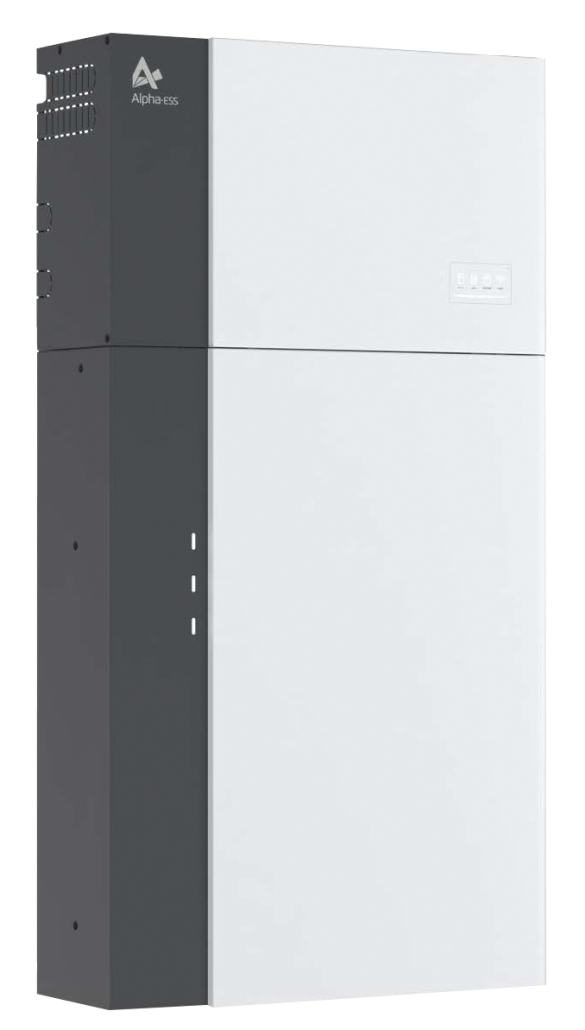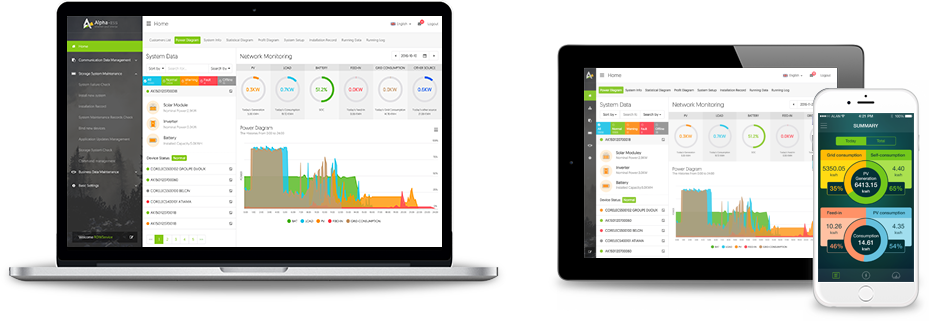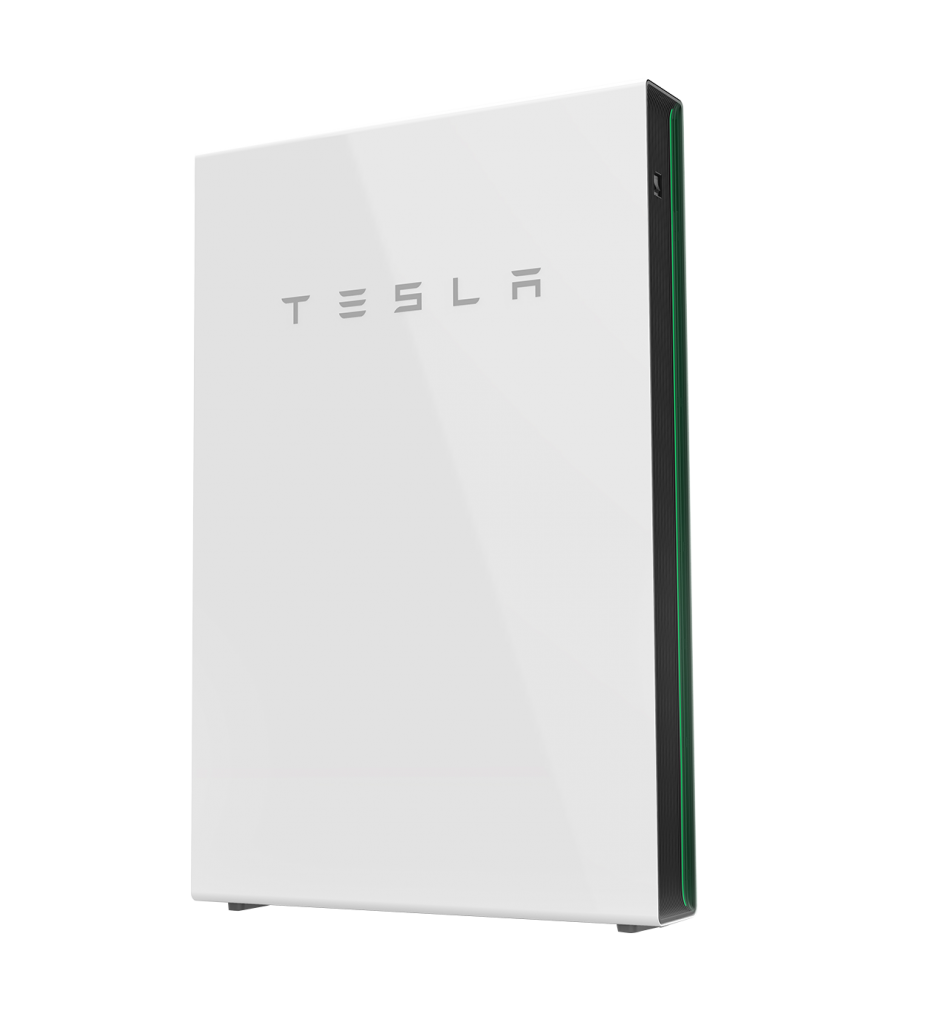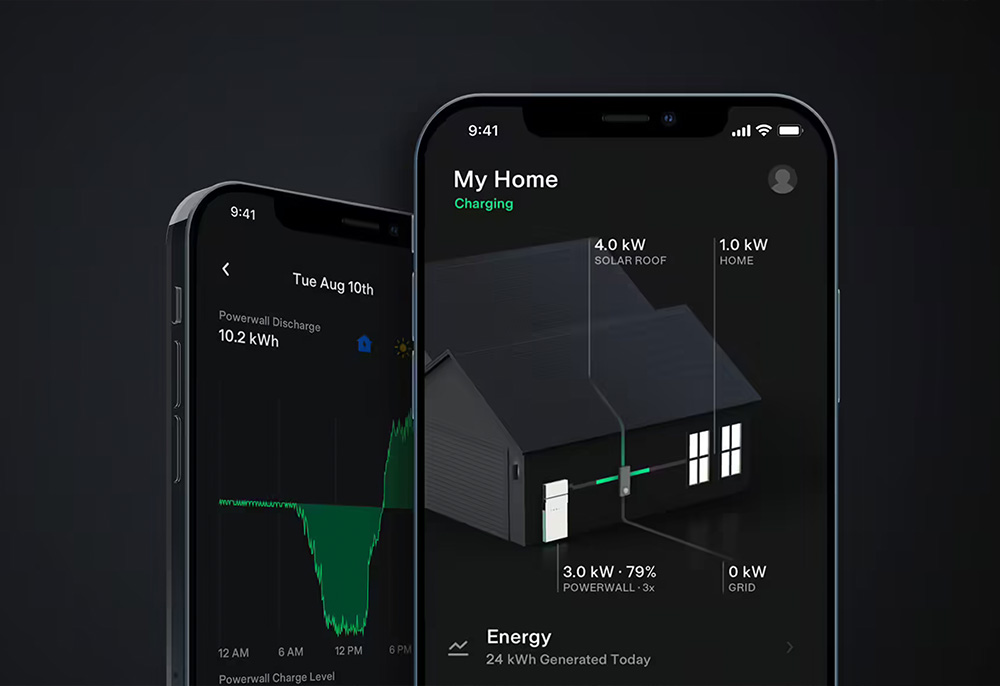As Australia progresses towards a sustainable future, the government has rolled out various incentives to encourage homeowners and businesses to adopt solar energy solutions, including solar battery installations.
Understanding government incentives for solar battery installs can significantly reduce upfront costs and improve the return on investment for those looking to harness the power of solar energy. Solar Battery Group is here to guide you through the landscape of available government incentives, ensuring you can make the most of these opportunities.
The Importance of Solar Batteries
Solar batteries play a crucial role in maximising the efficiency of solar power systems. By storing excess energy generated during the day, households and businesses can use solar power even when the sun isn’t shining, reducing reliance on the grid and lowering energy bills. The environmental benefits, coupled with the potential for energy independence, make solar batteries an attractive investment for Australians.
It’s essential to check the specific incentives available in your area, as they can significantly reduce the initial investment required.
Federal Government Incentives
Small-scale Renewable Energy Scheme (SRES)
Under the SRES, individuals and small businesses can receive Small-scale Technology Certificates (STCs) for their solar battery system, provided it’s connected to a renewable energy source like solar panels. The number of STCs awarded depends on the system’s size and location, and these can be sold to recoup a portion of the installation costs.
Home Battery Scheme (Specific to States and Territories)
Several states and territories offer schemes to incentivise the further installation of solar batteries. These can take the form of rebates, low-interest loans, or feed-in tariffs for the excess energy stored in your battery and fed back into the grid. It’s essential to check the specific incentives available in your area, as they can significantly reduce the initial investment required.

State-Specific Incentives
Victoria’s Solar Homes Program
Victoria offers a rebate for eligible households installing solar battery systems, reducing the overall installation cost. This initiative aims to accelerate the adoption of solar batteries and enhance the state’s renewable energy footprint.
South Australia’s Home Battery Scheme
South Australia provides subsidies for installing home battery systems, making it more affordable for residents to store solar energy. The subsidy varies based on the battery’s size and the household’s eligibility.
New South Wales Empowering Homes Program
New South Wales offers interest-free loans for solar battery systems to eligible homeowners, facilitating the transition to solar energy without the financial burden of upfront costs.
Navigating the Incentive Landscape
While these incentives present fantastic opportunities, navigating the eligibility requirements and application processes can be complex. Solar Battery Group specialises in simplifying this journey for you, offering expert advice and support from initial consultation to installation and beyond.
Australia’s government incentives for solar battery installations represent a significant push towards a sustainable and renewable energy future
Steps to Take Advantage of Incentives:
Consult with Experts: Engage with Solar Battery Group to understand the specific incentives available in your area and how they apply to your situation.
Assess Eligibility: Each incentive program has its own set of eligibility criteria. It’s crucial to ensure you meet these requirements before proceeding.
Understand the Application Process: Familiarise yourself with the application process for the relevant incentives. Our team can guide you through each step, ensuring a smooth and successful application.
Australia’s government incentives for solar battery installations represent a significant push towards a sustainable and renewable energy future. By reducing the financial barriers and improving the economics of solar batteries, these incentives make it more accessible for Australians to contribute to a greener environment and enjoy the benefits of solar energy.
Solar Battery Group is dedicated to helping you navigate this landscape, ensuring you can maximise these opportunities to enhance energy independence and contribute to a sustainable future. Contact us today to explore how you can benefit from government incentives for your solar battery installation.


